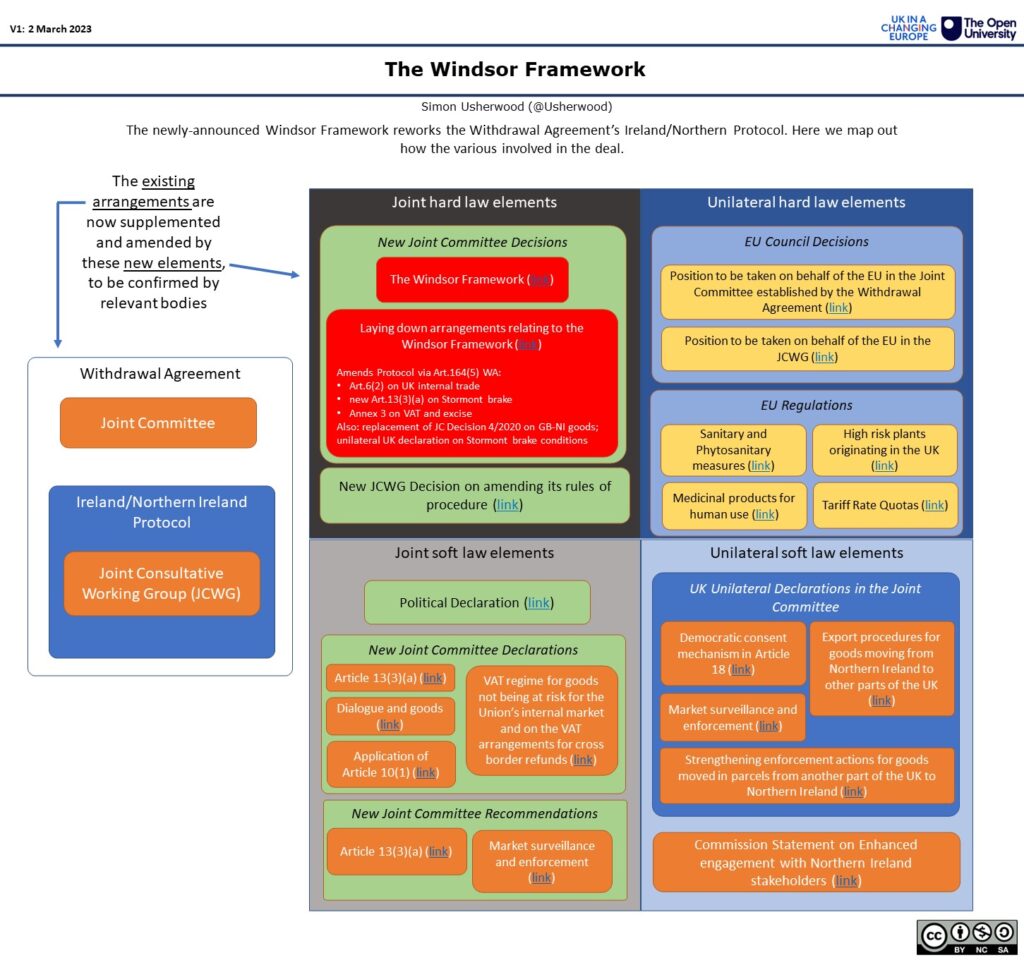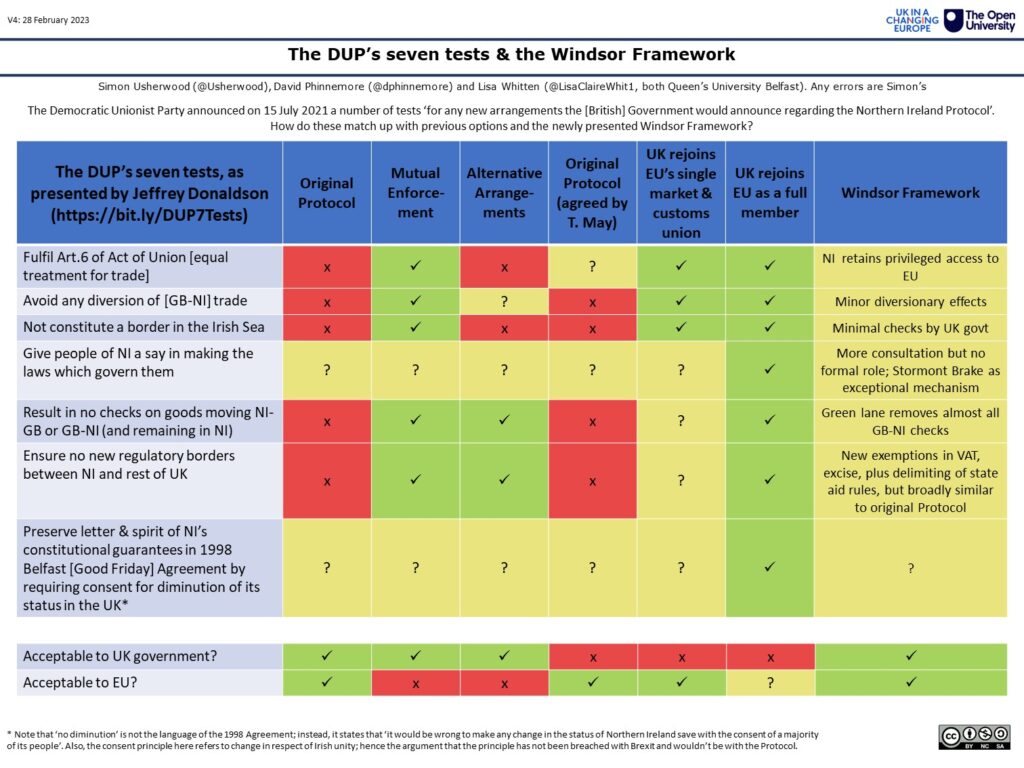The unveiling of the Windsor Framework this week was important in many ways.
Not only did it provide a set of solutions to the most pushing and tricky problems facing the Northern Ireland Protocol, but it also marked a return to more conventional modes of British diplomacy towards the EU.
To watch Rishi Sunak and Ursula von der Leyen at their press conference on Monday speaking in not only warm tones but also in very coordinated language, as they sought to generate (successfully) buy-in for a package of measures that had been put together under close secrecy.
As someone observed in my presence this week, no more of the leaking and briefing of the Johnson period, when everyone had an agenda and was just using the issue to get ahead.
Even if we still await a final confirmation of acceptance from both Tory backbenchers and the DUP, the signs are that this is the only game in town: evolving the Protocol into the Framework and (hopefully) letting everyone focus on further refinements to its operation and on other points of UK-EU cooperation.
So it matters.
But it’s also fair to say that the drafters of the Framework have decided to go for the ‘let’s make life not easy for the casual reader” approach.
Partly that’s because of the necessary mix of political statements and legal work, but it also conveniently makes it much harder for critics to point to obviously unacceptable language.
With that in mind, I’ve been working on trying to get a clearer picture of what’s going on.
My first graphic today organises the 21 documents by their status and effects: as you’ll see, much of this is about political clarifications and unilateral actions to resolve points.
There is one Joint Committee Decision that is crucial, and we’ll come back to that in coming weeks, not least to explore the new mechanisms of the Stormont Brake and the question of whether the CJEU’s role has actually changed at all (spoiler: not obviously).
Secondly, I took a quick go at the most significant obstacle to the Framework’s successful agreement and implementation: DUP approval for it.
Note that even if the DUP accepts the Framework, that does not necessarily mean it will either return to the Assembly or form an Executive under a Sinn Fein First Minister, even if the Stormont Brake is designed to get them to do exactly that.
Given that a functioning Executive is at least as important to Downing Street as making the Protocol work, the DUP’s decision matters.
Their seven tests from 2021 are still their baseline and as you’ll see while the Framework has indeed made progress on all points, none of them are unambiguously resolved to narrow readings of the DUP’s demands.
So still things to be played for and debates to be had.
If you have some aspect of the Framework you’ll like me to work on, just drop me a line and I’ll be happy to give it a go.


